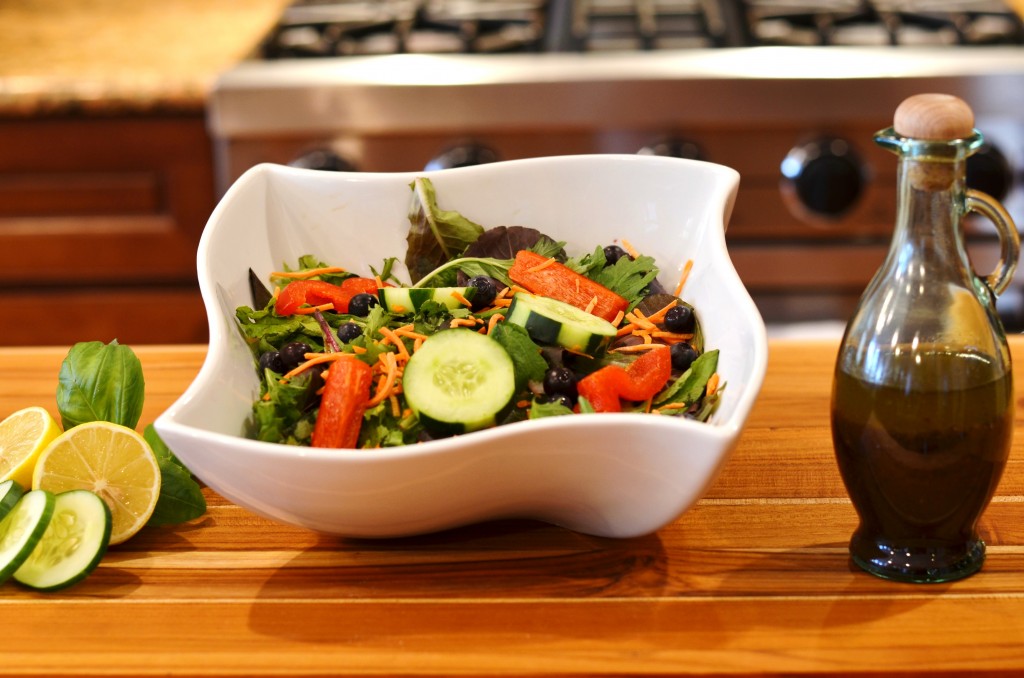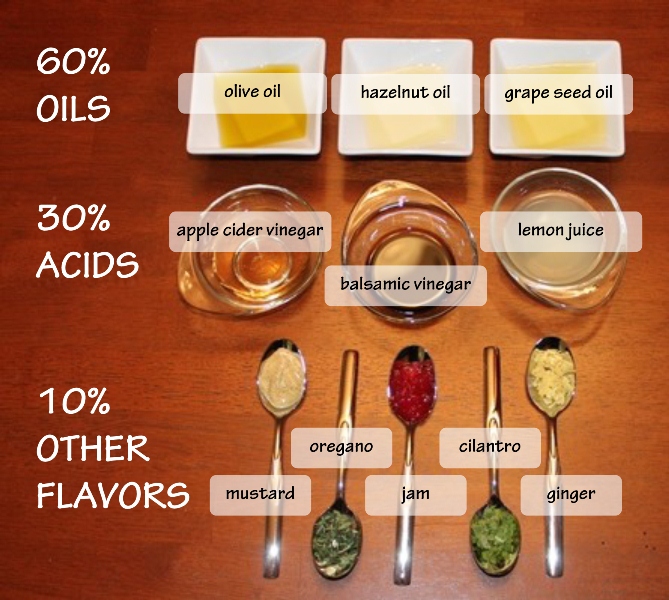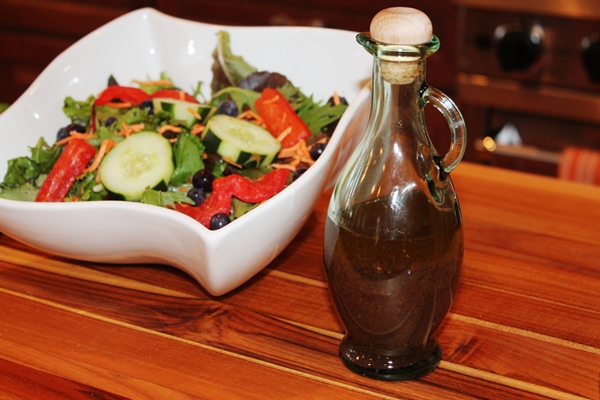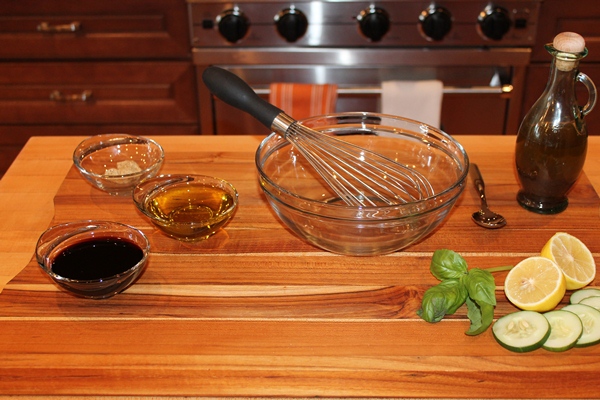Have you ever sprinkled sugar over your salad? Probably not, but as it turns out food companies have already done it for you!
Dressings can have up to a whopping 2 teaspoons of sugar in just 2 tablespoons- that’s 1/3 of your recommended sugar for the entire day. Wouldn’t you rather spend you sugar budget elsewhere?! I know I would!!
If you missed our last post, Hidden in Plain Sight, check it out to learn other sneaky places sugar is hiding in our food supply.
Salad Dressing Basics
If you stop and really read the nutrition label on salad dressings, you’ll quickly realize that they can be land mines for your healthy diet- loaded with fat, sugar, and preservatives. Not to mention their ingredient lists are often a mile long with words that most of us can’t come close to pronouncing.
By making your own salad dressing, you control the quality (and quantity) of ingredients. Whether you prefer the creamy stuff or lighter vinaigrettes, you can whip up your own dressing in a matter of minutes with a few simple ingredients.
To make your own vinaigrette, follow the base recipe below. Experiment with different oil, vinegar, and seasoning combinations; the options truly are endless!!
Pour Over these Dressing Tips
- Start with room temperature ingredients. The cooler the oil is, the harder it is to successfully make an emulsion.
- A standard vinaigrette ratio is 2 parts oil to 1 part acid. However, that ratio isn’t mandatory so taste as you go and adjust according to your taste preferences.
- To test the flavor of your dressing, dip a piece of lettuce in the dressing, shake off the excess and take a bite. This is a much better way to gauge how your salad will taste than by tasting the dressing alone.
- Store dressing in a covered container in the fridge for up to a week. Whisk or shake well before serving.
- Check out this post from Cooksmarts for a printable list of 50 simple salads organized by season. With your base dressing recipe and these salad ideas, you’ll never get tired of salads again!
Balsamic Vinaigrette
Makes 12 servings
Ingredients
½ cup olive oil
¼ cup balsamic vinegar
2 tsp Dijon mustard
Directions
- Start with ¼ cup balsamic vinegar.
- Slowly add olive oil while whisking until vinaigrette coats the back of a spoon, creating an emulsion. You’ll need approximately ½ cup oil.
- Stir in Dijon mustard.
- Pour into an airtight container and store in your fridge for up to a week.
Note: For a touch of sweetness, add a drizzle of honey or pure maple syrup.
Nutrition Information per Serving: Calories: 90, Total Fat: 9gm, Saturated Fat: 1.5gm, Cholesterol: 0mg, Sodium: 20mg, Carbs: 1gm, Fiber: 0gm, Protein: 0gm
Click here for a printer-friendly version of this recipe.
Click here for a printer-friendly version of this blog post.




